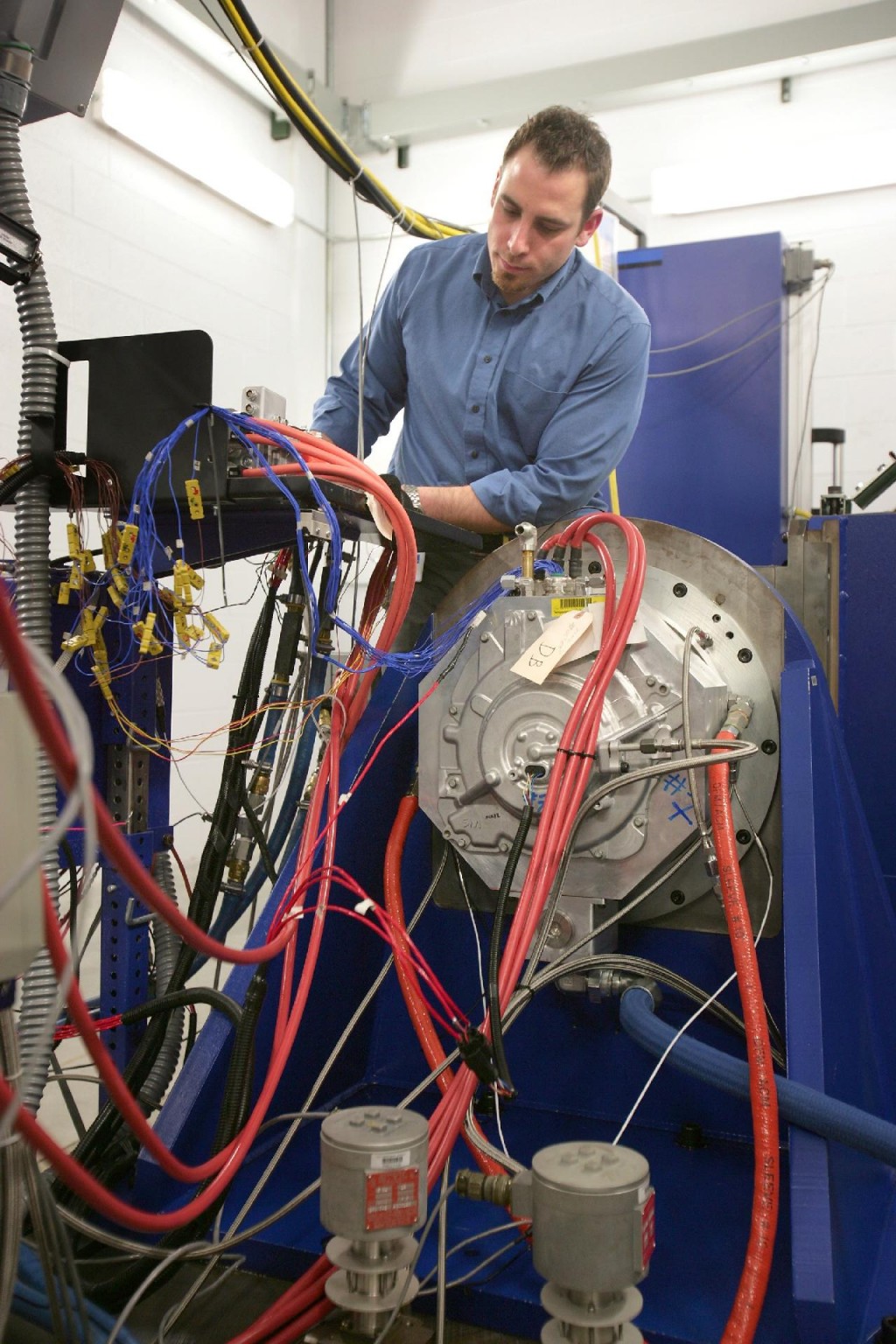General Motors will become the first U.S. automaker to design and build its own electric motors for hybrid and electric cars, the company said today.
While Toyota and Honda have long made their own motors, until now GM--along with Ford--has purchased them from third-party suppliers.
GM views the design and manufacture of electric traction motors (which power the car, rather than running wipers or other accessories) as a "core competency," calling electric motors the "engines" of electric cars.

2010 Chevrolet Silverado Hybrid

2010 Chevrolet Silverado Hybrid

2011 Chevrolet Volt pre-production prototype, January 2010

GM electric motor
As important as engines?
"In the future, electric motors might become as important to GM as engines are now," said Tom Stephens, the company's vice chair of global product operations.
"By designing and manufacturing electric motors in-house," Stephens said, "we can more efficiently use energy from batteries as they evolve, potentially reducing cost and weight, [the] two significant challenges facing batteries today."
Four facilities
Four separate GM facilities already do research, development, and validation of electric motors. The Torrance, California, plant that built components for the 1990s EV1 electric car is one; a second is in Indianapolis; and the last two are in Michigan, at Pontiac and Wixom.
GM also said this morning it will invest $246 million to convert its Baltimore Transmission plant in White Marsh, Maryland, to produce new electric motors for the next generation of the company's Two-Mode Hybrid system, which will debut in 2013.
Part of that funding, $105 million, comes from a grant awarded in August by the Department of Energy to produce electric motors and related electric-drive components.
Core competencies
GM has already said it views the design and manufacture of high-voltage battery packs as a core competency for the company. Earlier this month, lithium-ion battery packs for the 2011 Chevrolet Volt went into volume production at its Brownstown Township plant.
GM is not alone among U.S. manufacturers in bringing batteries in-house. Ford announced that it will bring the design and manufacture of battery packs back to the U.S., starting in 2012, for future electric vehicles and its next generation of hybrids.
Batteries, motors--soon power electronics
Electric motors are the second component of electric drive to be added to the list, after battery packs.
At some point, we expect to hear the same for the third and final specialized component of electric cars, which is the power electronics that convert power among various voltages of alternating and direct current.
Build and buy
General Motors won't produce all of its own motors, at least at first. Different uses--mild hybrids, full hybrids, and electric vehicles--require different types of motors.
But even where it has them built by others, GM feels its ability to design and build motors help it provide better specifications and be more innovative with its motor suppliers.
GM's goal is to refine its motors to be better, lighter, more efficient, and less costly, all of which will allow it to fit smaller battery packs that provide the same range as today's technology.













